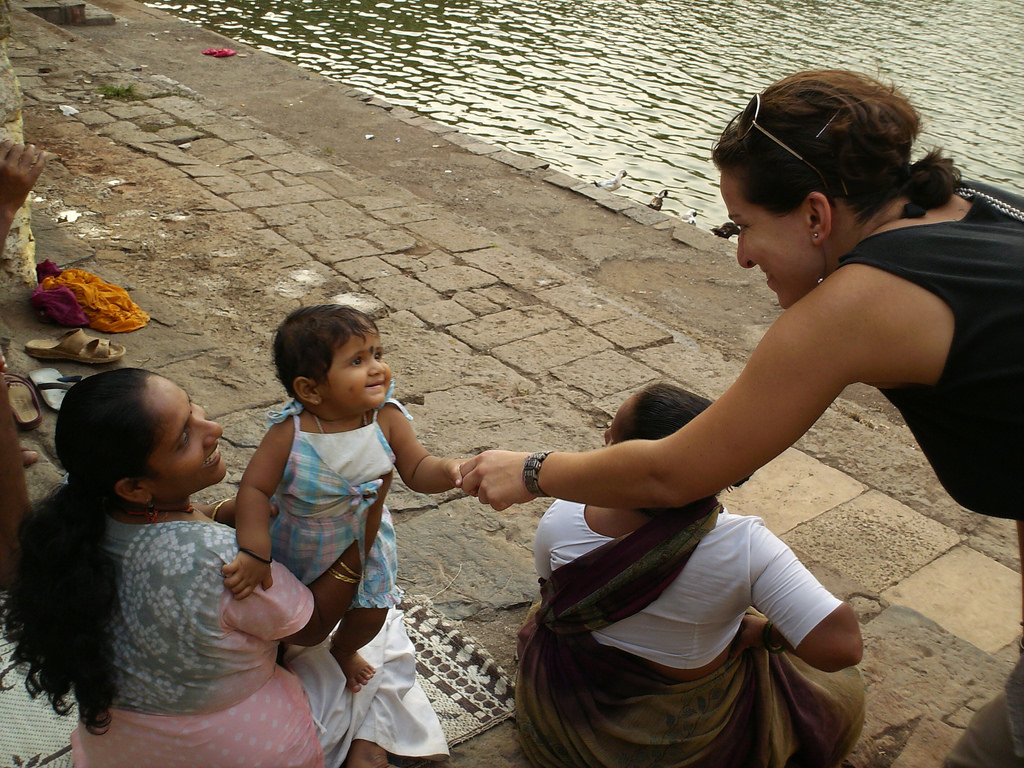Reflection: Oral Strategies and World History
WCIU Journal: Cross-Cultural Communications Topic
September 22, 2014
by Beth Snodderly
Eighty percent of the world, and nearly 100% of the majority world, are from primary oral learning cultures. This means the people— whether non-literate, functionally non-literate, or even semi-literate—prefer to learn in ways other than through reading printed matter. Even listening to Western literate analytical forms (such as lectures, lists, etc) is foreign to their way of thinking. The importance of this is that most of our students work in societies where the people are oral learners. We want to help our students become familiar with techniques they can use in teaching their people. If all they do in their studies with WCIU is read and write, they won’t have learned how to communicate their learning well to the people with whom they work.
Oral strategies are also more participative than traditional learning approaches. These include storytelling, audio materials, diagrams, visual portrayals, and verbal discussions. Strategies also include the use of more “right brain” literary genre like metaphor, imagery, folk proverbs.
Here’s an example of an oral strategy that fits well with the integrated approach to history of our Global Civilization MA specialization: “The History of Our World in 18 Minutes.” (This talk was presented at an official TED conference. “Backed by stunning illustrations, David Christian narrates a complete history of the universe, from the Big Bang to the Internet, in a riveting 18 minutes. This is "Big History": an enlightening, wide-angle look at complexity, life and humanity, set against our slim share of the cosmic timeline.”)


